Samsung's future phones may only vibrate on where you touch it, latest patent reveals
The 51-page document was published recently.
2 min. read
Published on
Read our disclosure page to find out how can you help MSPoweruser sustain the editorial team Read more
Key notes
- Samsung may offer more options for controlling haptic feedback, building on features from One UI 6.0.
- A new patent describes a display that provides vibration feedback only where you touch it.
- As Samsung describes in the document, this system includes sensors and vibration units for precise feedback.
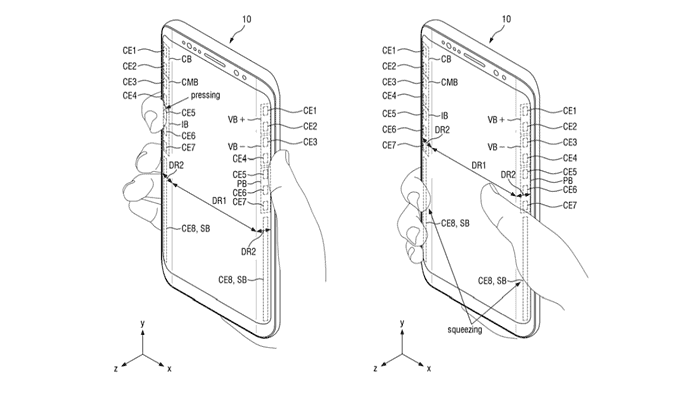
Samsung may offer even more options for controlling which parts of their smartphones vibrate, expanding on the detailed haptic feedback controls introduced with the One UI 6.0 last year that included settings for touch interactions, the dialing keypad, and notifications.
The South Korean tech giant’s latest patent describes a display screen that provides haptic feedback—vibration responses—only where you touch it. The 51-page technical document was filed in February 2023 but only published by the US Patent and Trademark Office (USPTO) recently in November 2024.
Here are some of its sketches:

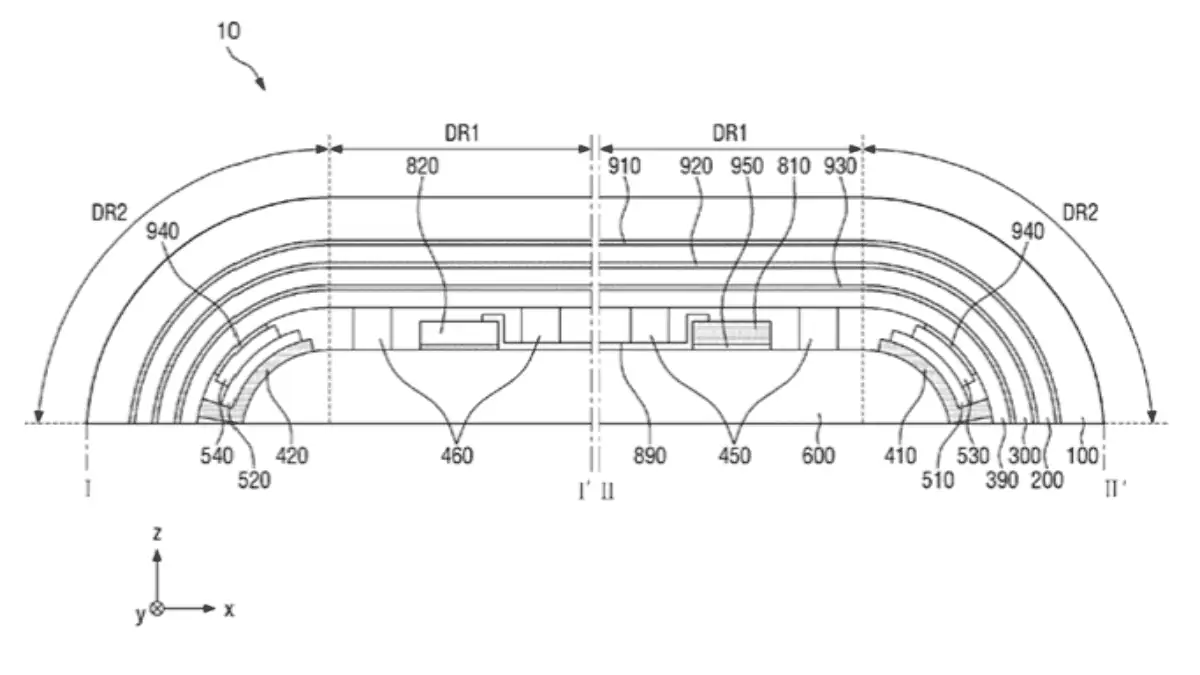
Basically, as Samsung describes, this setup includes a display panel, sensors that detect touch or pressure, and small vibration units surrounded by shielding to focus vibrations precisely. Layers of adhesive and a frame hold these components together and added waterproofing keeps dust and moisture out.
So, it’s targeted vibration feedback right at your touch point, which gives you the sense of pressing a real button. It’s made possible because these force sensors and vibration generators are placed strategically on the curved edges of the screen. They “act” like physical buttons, and pressing these controls functions like volume, power, or opening apps.
“By virtue of its convenience, a touch panel increasingly replaces existing physical input means, such as a keypad. Further, interest in a touch panel to receive a variety of inputs by employing a force sensor on a display device is growing,” Samsung describes the reasoning behind this tech.
Still from Samsung’s patent stories, a patent document detailing the company’s plan for a tri-fold smartphone has recently surfaced online amid competition in the business with Huawei and its Mate XT phone.
The Galaxy smartphone makers may not be the first to unleash tri-fold phones, but if this patent holds up, we may be seeing a new player in town by 2025 (via Korean ZDNet).
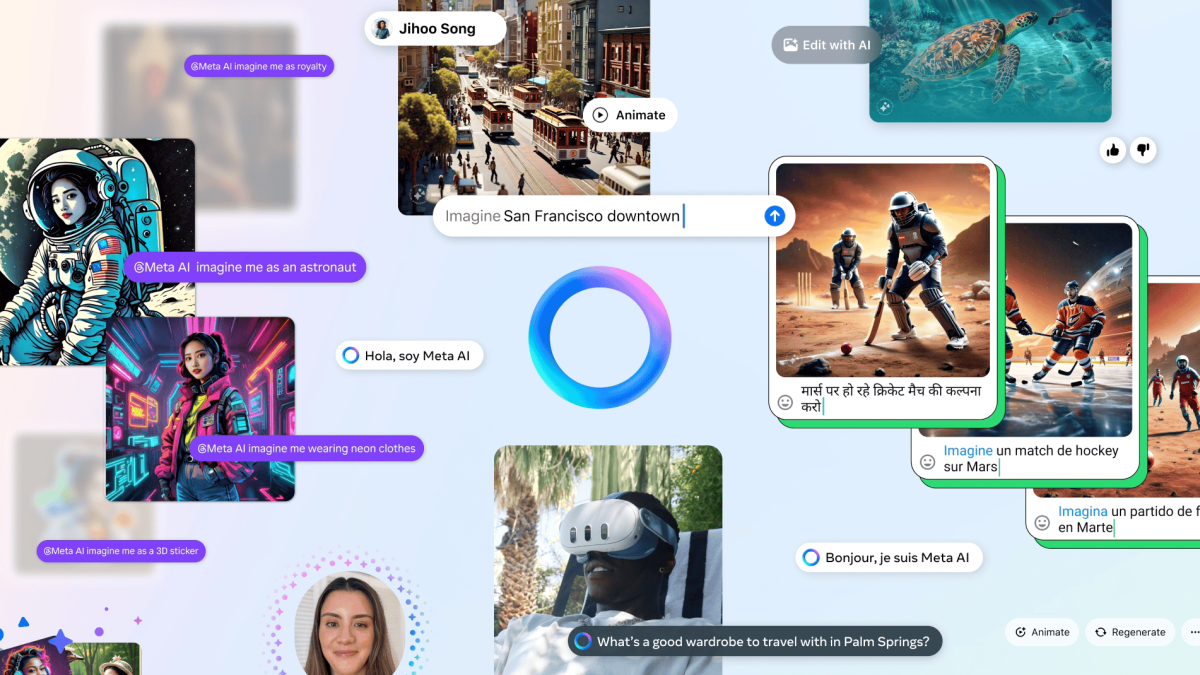

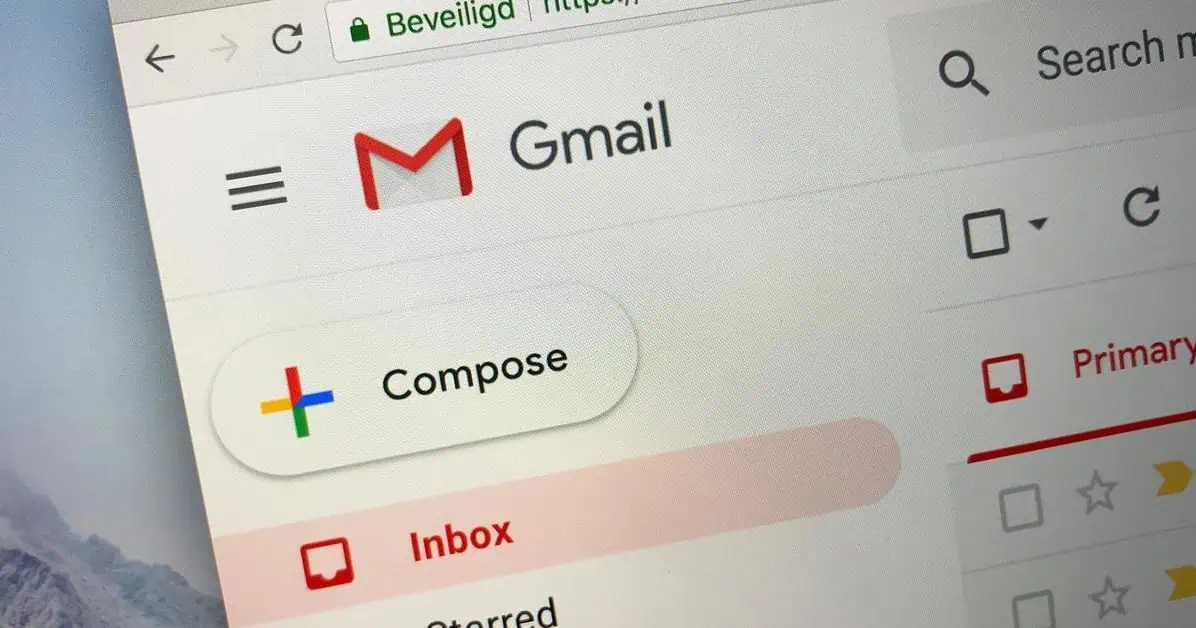


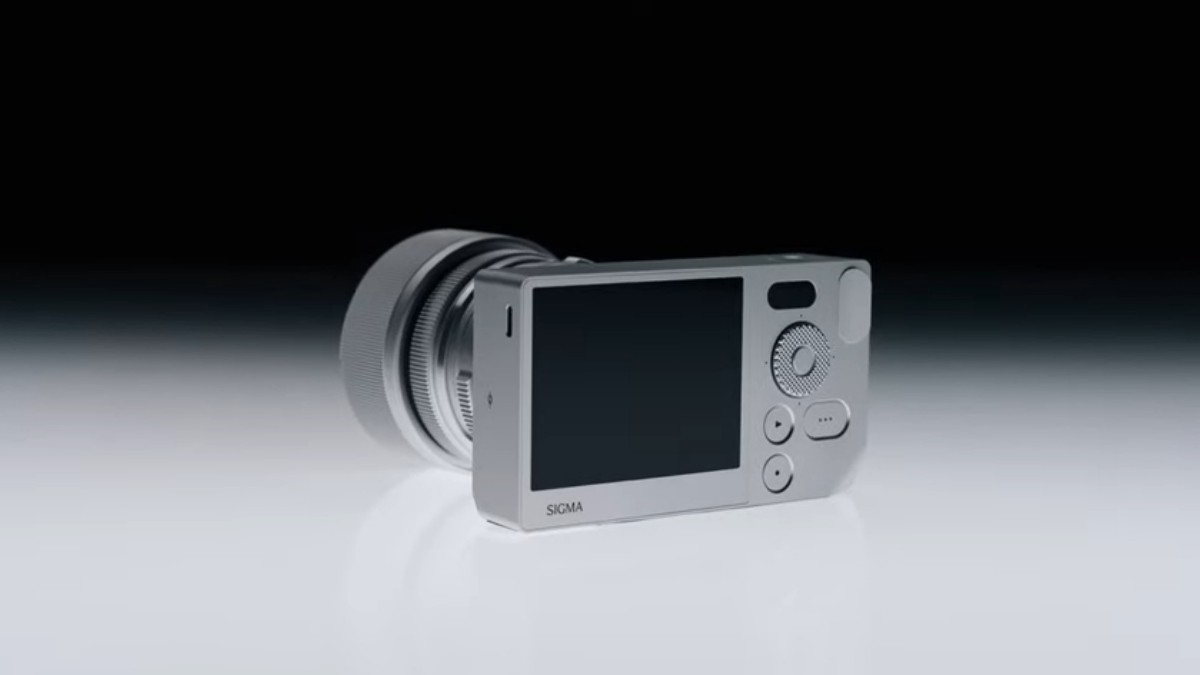

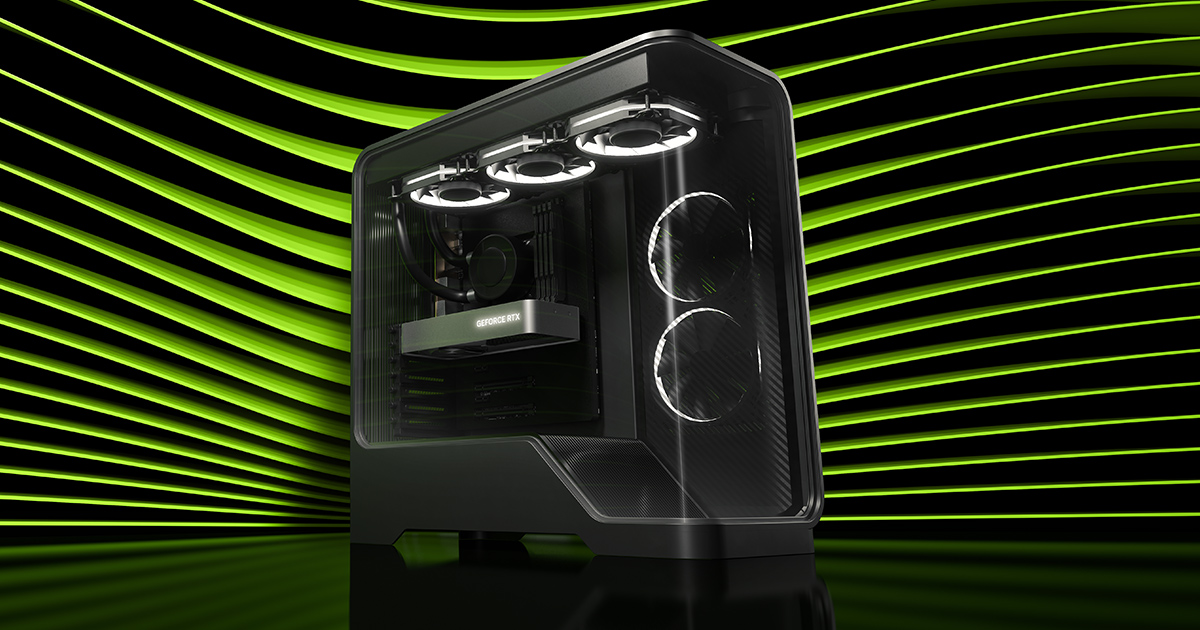
User forum
0 messages